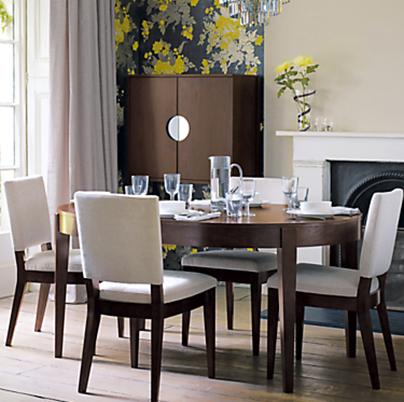Know where to start with unfurbished properties
If you’re looking to let a property, one of the biggest decisions you will have to make is whether or not to furbish the property. The decision holds significant weight, as it will ultimately determine the type of tenant you are looking for, as well as your out-of-pocket expenses and insurance costs. It can even have an effect on the way you file taxes.
Let’s take a closer look at the pros and cons of unfurbished properties to help you better determine if the choice makes sense for your goals as a lessor.
The Pros of Unfurbished Properties
The most obvious argument for letting an unfurbished property is that you’ll save on up-front costs, thus allowing you to more quickly recover the initial investment you made.  You won’t have to waste time or money looking for furnishings, and you may be able to get away with only taking out building insurance on the property, rather than having to take out both building and contents insurance.
You won’t have to waste time or money looking for furnishings, and you may be able to get away with only taking out building insurance on the property, rather than having to take out both building and contents insurance.
Thinking long-term, you won’t have to worry about forking over funds for replacements when the furnishings endure wear and tear, and you won’t ever have to argue with your tenants over whether or not they maintained the property well enough to earn back their security deposits. Another point to consider is that tenants may be on the whole happier and more responsible when they own their own furniture because they’ll want to make their investment count.
The Cons of Unfurbished Properties
While unfurbished properties do save you a lot of hassle in the long run, there are some drawbacks to not providing furnishings with the property. Because furbished properties make a tenant’s move considerably easier, tenants are generally willing to pay a higher rent than they would in an unfurbished property—in many cases, up to 5% more. You will also lose out on the tax breaks afforded to furbished properties, such as the “unoccupied discount” and “Class C” council tax exemptions and the “wear and tear allowance” and “renewals allowance” on your annual income tax. You may find it’s harder to find a tenant to occupy the property as well–fact of the matter is, furbished properties tend to go off the market more quickly than unfurbished ones.
Understanding the Market for Unfurbished Properties
Generally speaking, an unfurbished property attracts a far different type of client than a furbished one might. Whereas furbished properties are ideal for students and young professionals, unfurbished properties might appeal more to families and older buyers that already have their own furnishings from old properties that they’d like to transfer to their new one. Unlike their counterparts, these types of tenants are generally looking for bigger spaces where they can get comfortable and build a long-term home, so take these factors into consideration when you are deciding whether or not to furbish a property.
Part-furbished: A Happy Medium?
There is a third, middle-of-the-road option that might be worth pursuing, and that’s to give prospective tenants greater power and flexibility by allowing them to determine just how much of the property is furbished. After all, even if you decide not to furbish a property, you’ll probably be expected to supply basic appliances like dishwashers, fridge/freezer units, and washer/dryer machines, so why not consider including a table and chair set in the dining room or a bed and chest of drawers in the bedroom to make the property look more attractive to prospective buyers? This approach affords you the option of raising rent and filing for tax exemptions without making a huge up-front investment in the property, so it may just be the happy medium you’re looking for on all accords.
You can follow any responses to this entry through the RSS 2.0 feed. Both comments and pings are currently closed.
